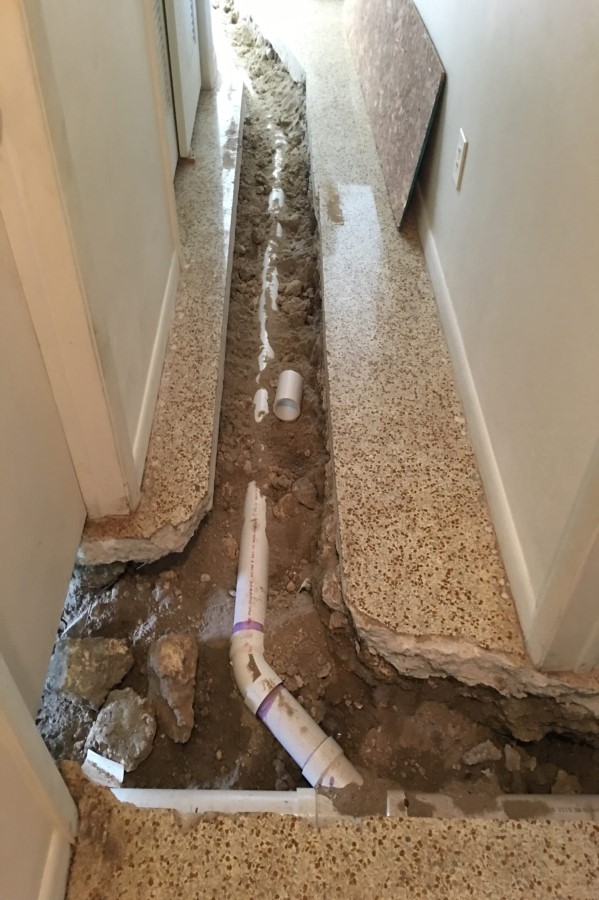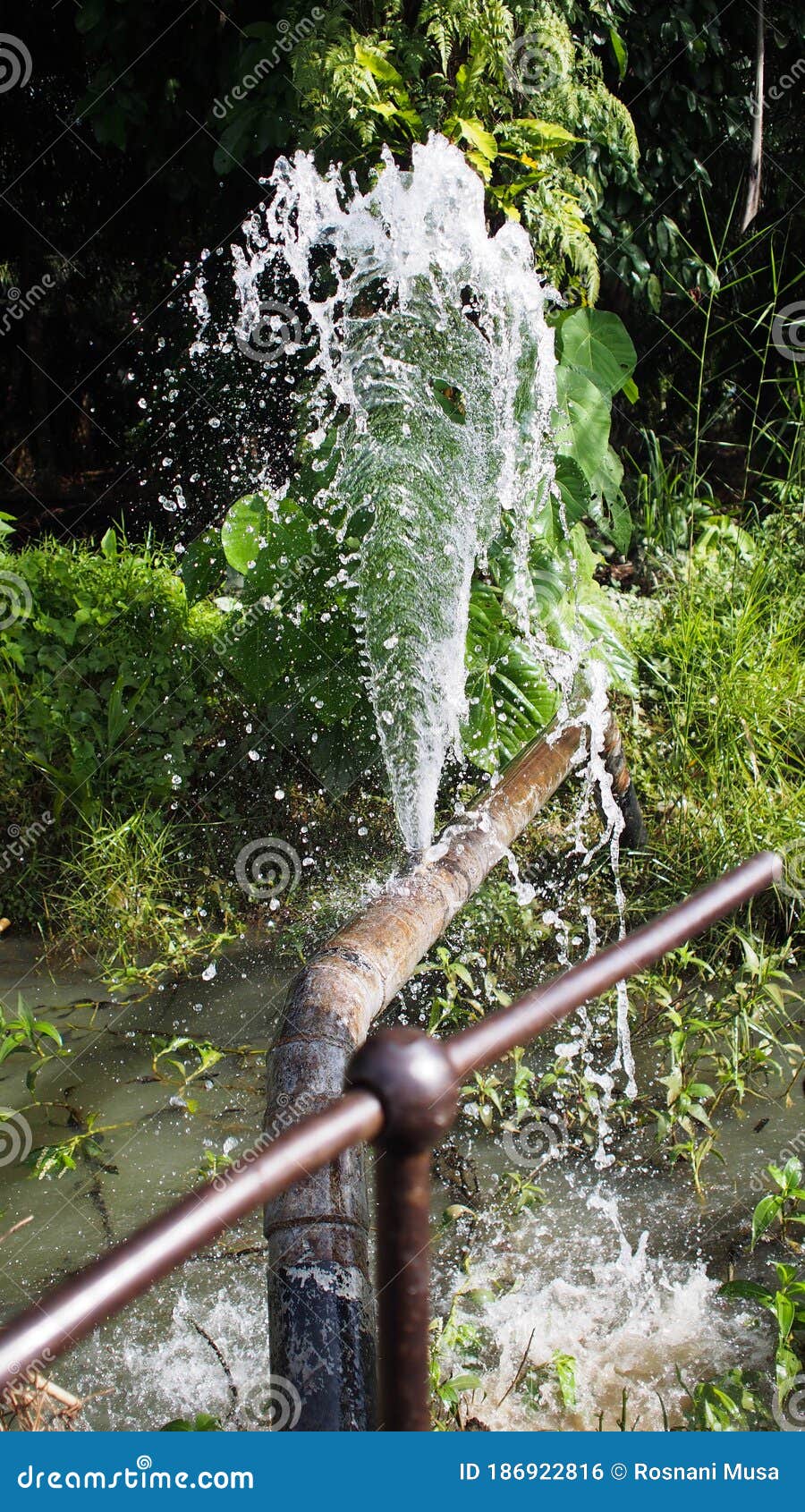How to Handle a Burst Pipe: Essential Steps for Immediate Action
Wiki Article
Protecting Against Ruptured Piping: Essential Tips to Protect Your Plumbing
Preventing burst pipelines is a vital concern for home owners, especially throughout chillier months when the risk of freezing is heightened. Applying tactical procedures such as appropriate insulation, routine examinations, and maintaining constant interior temperatures can significantly lower the probability of pipe failure.Understand Pipeline Vulnerabilities
Understanding pipeline vulnerabilities is crucial for effective pipes maintenance and protecting against pricey damages. A number of factors add to the sensitivity of pipes to bursts, consisting of material structure, age, and ecological conditions. Older pipelines, especially those made from galvanized steel or polybutylene, usually deteriorate over time, resulting in enhanced danger of ruptures and leaks.Temperature changes can also dramatically impact pipe stability. In cooler climates, water trapped in pipelines can freeze, broadening and applying stress on the pipeline wall surfaces, which may eventually result in a ruptured. High water pressure can strain pipes, especially at joints and bends, enhancing the probability of failure.

Insulate Water Lines Correctly
Appropriate insulation of pipelines is crucial for stopping cold and subsequent ruptureds throughout winter (burst pipe). Insulating your plumbing system properly safeguards versus temperature level goes down that can bring about pricey damages. Begin by identifying vulnerable areas where pipes are exposed to outdoor temperatures, such as basements, attics, and exterior wallsUse foam pipeline insulation sleeves or cover insulation tape around these locations to give a safety obstacle. Make sure that all areas of the pipelines, especially those with restricted heat exposure, get sufficient insulation. Pay unique focus to fittings and joints, as these are a lot more at risk to cold.
When protecting, it's important to pick materials that fulfill neighborhood structure codes and are ideal for the specific atmosphere. As an example, fiberglass insulation is typically recommended for its thermal resistance residential properties - burst pipe. Furthermore, consider using warmth cords or tape in extreme conditions, which can be connected in to supply extra heat
Consistently evaluate protected pipes for any indicators of wear or damages, as endangered insulation can reduce its efficiency. By taking these proactive measures, you considerably reduce the danger of pipe ruptureds, making certain a trustworthy pipes system throughout the cold weather.
Maintain Constant Temperature
A stable interior temperature is crucial for protecting against burst pipes throughout the frigid months. When temperature levels decrease, water within pipelines can freeze, expanding and creating pressure that might ultimately create the pipelines to burst. To minimize this risk, home owners must keep a consistent temperature throughout their space, ideally no reduced than 55 ° F(13 ° C)Using a programmable thermostat can aid handle interior temperatures successfully, making certain that rooms with plumbing stay cozy even when the house is unoccupied. Pay unique focus to areas that are extra susceptible to chilly, such as garages, cellars, and attics. Keeping cupboard doors open under sinks can additionally enable warmer air from the home to flow around plumbing.In addition, it is prudent to enable faucets to drip slightly during severe cold snaps. This minor flow of water can avoid cold by minimizing pressure within the pipes. Additionally, during particularly severe weather events, take into consideration briefly putting on hold any type of nighttime setbacks on your thermostat to keep a steady cozy atmosphere. By executing these approaches, house owners can significantly lower the risk of pipeline bursts and secure their pipes systems versus the severe winter components.
On A Regular Basis Examine Pipes
Regular inspections of pipes systems are vital for protecting against burst pipelines and maintaining general home honesty. During these assessments, it is vital to analyze visible pipes for indicators of corrosion, leaks, or wear.Furthermore, evaluating links and joints is important, as these points are often vulnerable to leaks. House owners must additionally assess water pressure levels, as extreme pressure can strain the plumbing system and increase the danger of pipeline ruptureds.
Take into consideration scheduling expert pipes examinations a minimum of annually, particularly prior to winter, to ensure your system is prepared for colder temperatures. Regular inspections not only help in identifying immediate concerns but also foster long-term upkeep approaches that can boost the life-span of your plumbing system. By being positive in your approach, you can safeguard your home against the disruptive and costly repercussions of ruptured pipelines. Prioritizing plumbing inspections published here is a financial investment in your home's health and wellness.
Know Emergency Situation Treatments
Understanding emergency treatments is vital for every house owner, specifically after performing regular plumbing assessments. Being prepared for a plumbing emergency situation can considerably mitigate damage and conserve prices. First, situate your main water shut-off valve; it is normally discovered near the water meter or where the main line enters your home. Familiarize yourself with its more procedure, as closing off the water quickly can prevent comprehensive flooding.
Following, maintain vital devices useful. A pipes emergency package need to include a wrench, bettor, and towels, along with a flashlight and a bucket for little leakages. Additionally, think about having the call information for a relied on plumber conveniently available, needs to the situation escalate past your control.
If you find a leakage or ruptured pipeline, quickly shut off the water system and inform your plumbing. Document the damage with photos for insurance objectives. Know the indications of possible plumbing problems, such as uncommon water pressure variations or damp spots on wall surfaces
Ultimately, proactive expertise and quick action are vital in taking care of plumbing emergency situations, ensuring your home remains protected and minimizing potential damage.

Final Thought
In conclusion, avoiding ruptured pipelines necessitates a multifaceted strategy that includes understanding pipeline susceptabilities, appropriate insulation, preserving consistent indoor temperature levels, regular inspections, and understanding of emergency procedures. By implementing these necessary strategies, the threat of plumbing failings can be significantly lowered, thus ensuring the long life and efficiency of the plumbing system. Aggressive measures not just protect versus potential damages however likewise contribute to general water preservation and the protection of residential property.In chillier environments, water trapped in pipes can ice up, increasing and putting in pressure on the pipe walls, which may inevitably lead to a ruptured. When temperatures drop, water within pipelines can ice up, increasing and developing stress that might inevitably create the pipes to ruptured. By carrying out these strategies, property owners can significantly lower the danger of pipeline bursts and guard their pipes systems against the rough wintertime elements.

Report this wiki page